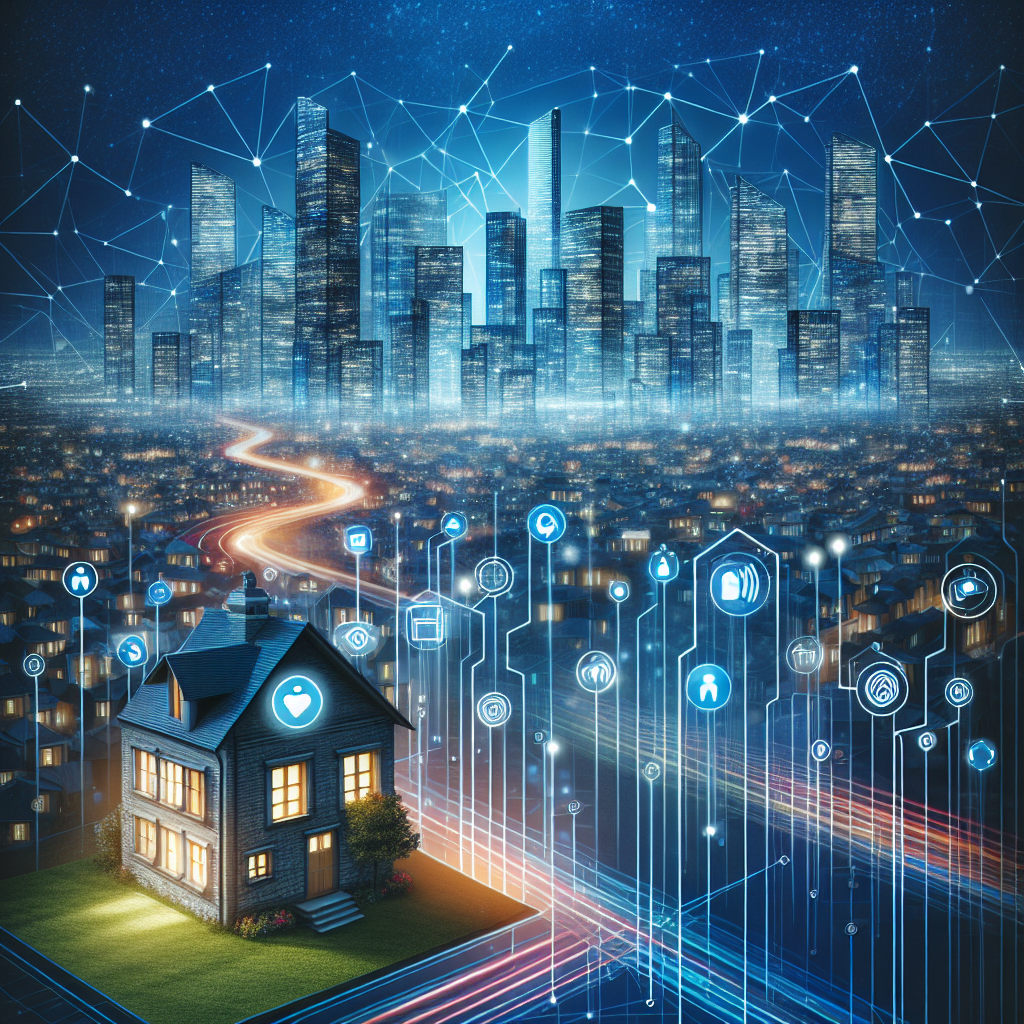Your cart is currently empty!
From Smart Homes to Smart Cities: How Remote Monitoring is Shaping the Future of Urban Living

In recent years, the concept of smart homes has gained popularity as advancements in technology have allowed for greater connectivity and automation within our living spaces. From smart thermostats to security cameras, homeowners are now able to control and monitor their homes remotely using their smartphones or other devices.
But the concept of remote monitoring is not limited to individual homes; it is also being applied on a larger scale to shape the future of urban living in the form of smart cities. Smart cities are cities that use technology to improve the quality of life for their residents, enhance sustainability, and increase efficiency in various aspects of city living.
One of the key components of a smart city is remote monitoring, which allows for the collection and analysis of data from various sensors and devices throughout the city. This data can then be used to optimize city services, such as transportation, waste management, and energy usage, to make them more efficient and sustainable.
For example, in a smart city, sensors installed in parking spaces can provide real-time information on parking availability, allowing drivers to quickly find a spot and reducing traffic congestion. Similarly, sensors in garbage bins can alert waste management services when they are full, optimizing collection routes and reducing unnecessary trips.
Remote monitoring is also being used to enhance public safety in smart cities. Surveillance cameras equipped with facial recognition technology can help law enforcement agencies identify and track criminals, while sensors can detect changes in air quality or noise levels to alert authorities to potential environmental hazards or disturbances.
In addition to improving city services and safety, remote monitoring in smart cities can also help to reduce energy consumption and carbon emissions. By analyzing data on energy usage in buildings and public spaces, city officials can identify areas where energy efficiency can be improved and implement measures to reduce waste.
Overall, remote monitoring is shaping the future of urban living by providing cities with the tools they need to become more sustainable, efficient, and livable for their residents. As technology continues to advance, we can expect to see even greater integration of remote monitoring systems in smart cities, leading to a more connected and responsive urban environment.

Leave a Reply